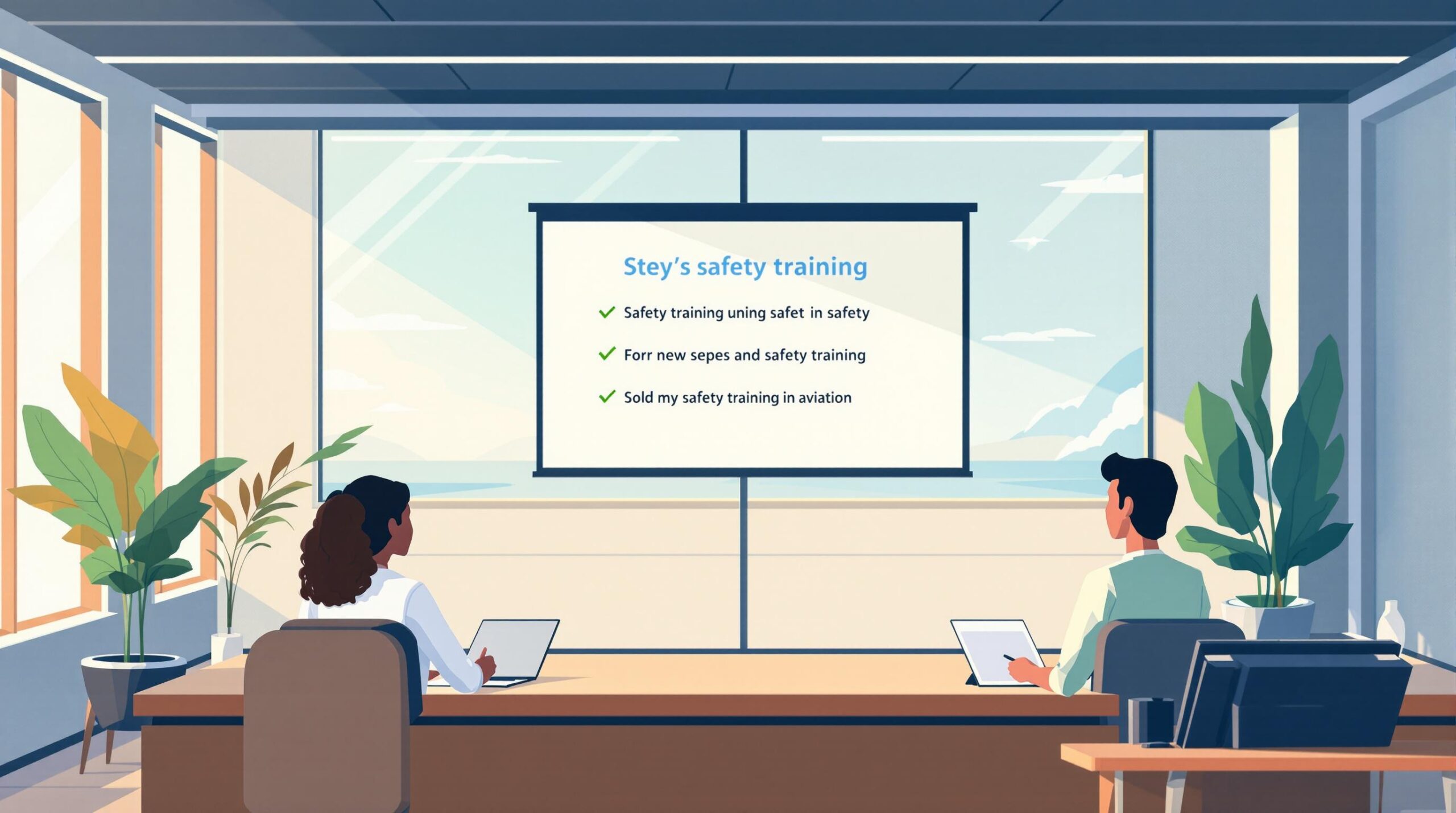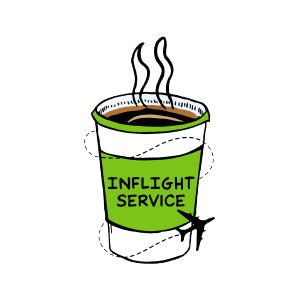Military pilots moving to civilian Flight Management Systems (FMS) face a significant shift in focus, tools, and procedures. Civilian FMS emphasizes automation, efficiency, and standardized protocols, unlike military systems designed for tactical missions. Here’s what you need to know:
- Key Differences: Civilian FMS prioritizes fuel optimization, commercial navigation databases, and safety, while military systems focus on tactical flexibility and secure communication.
- Training Needs: Transition programs include simulator sessions, FAA regulation familiarization, and hands-on practice with systems like Garmin G1000 NXi.
- Challenges: Adapting to new automation levels, terminology, and FAA rules requires focused preparation.
- Career Opportunities: Airlines, corporate aviation, and instructor roles are common paths for military pilots with FMS expertise.
| Feature | Military FMS | Civilian FMS |
|---|---|---|
| Interface Focus | Tactical operations & secure comms | Transport efficiency & safety |
| Navigation Database | Tactical waypoints | Commercial waypoints & procedures |
| Automation | Minimal | High (fuel & performance optimization) |
| Primary Purpose | Mission-specific tasks | Standardized transport operations |
This transition opens doors to new opportunities but demands mastering civilian systems and meeting FAA standards. Let’s dive into the details.
Flight Management Systems Explained
Differences Between Military and Civilian FMS
Switching from military to civilian Flight Management Systems (FMS) means adjusting to new operational methods and system designs. Knowing the main differences helps military pilots transition smoothly into civilian aviation.
Interfaces and Features
Civilian FMS interfaces, like those found in the Garmin G1000 NXi, are tailored for commercial aviation. Unlike military systems that prioritize tactical operations, civilian systems rely on commercial databases such as Jeppesen‘s NavData, which require regular updates to meet FAA certification standards.
Military and civilian navigation databases differ significantly. Military systems include tactical waypoints and restricted airspace data, while civilian systems focus on commercial waypoints and procedures. These differences reflect the distinct goals of each system.
| Feature | Military FMS | Civilian FMS |
|---|---|---|
| Interface Focus | Tactical operations & secure comms | Commercial transport & efficiency |
| Navigation Database | Military-specific tactical waypoints | Commercial waypoints & procedures |
| Update Cycle | Mission-specific updates | Regular commercial database updates |
| Primary Purpose | Combat/tactical operations | Transport efficiency & safety |
Flight Planning and Automation
Civilian FMS systems are designed for efficiency and standardization, a stark contrast to the tactical focus of military systems. Automation in civilian systems often surpasses that of military aircraft, especially in areas like performance optimization and fuel management.
Key aspects of civilian flight planning tools include:
- Fuel efficiency optimization
- Automated performance calculations
- Standardized arrival and departure procedures
This higher degree of automation means civilian systems take on more of the workload, leaving pilots to focus on safety. For military pilots, adapting to this automation can be challenging, as military systems often require more manual input to maintain tactical awareness. These differences highlight the need for training, which will be discussed in the ‘New Terminology and Procedures’ section.
Mastering these standardized tools is essential for aligning with civilian aviation priorities, which also opens up new career paths – a topic we’ll touch on later.
Preparing for Civilian FMS Training
Military pilots moving into civilian Flight Management Systems (FMS) need focused preparation and the right tools to confidently handle these systems.
Training Resources
Civilian FMS training focuses on standardized operations and commercial procedures, building on the interface differences highlighted earlier. Key elements include:
- Computer-based modules: 20-30 hours covering system basics.
- Part-task trainers: 10-15 hours for practicing specific procedures.
- Full simulators: 15-20 hours for hands-on, integrated system training.
FlightSafety International offers tailored simulator sessions where pilots can work with systems like the Garmin G1000 NXi in a controlled setup. Similarly, CAE‘s transition programs use virtual classrooms with modular lessons, real-time feedback, and performance tracking to guide pilots through civilian FMS concepts.
FAA Regulations
A solid understanding of FAA regulations is essential for operating civilian FMS systems. Part 91 and Part 121 rules govern general aviation and commercial operations, differing significantly from military standards in three main areas:
Navigation Database Requirements
- FAA-certified updates for navigation databases
- Standardized FMS setup and route adjustments
- Protocols for handling unexpected situations
Operational Procedures
- Procedures for initializing the FMS
- Steps for modifying routes
- Protocols for managing contingencies
Grasping these regulations is a key step in preparing for the certification process discussed in the next section.
sbb-itb-de05b1b
Challenges in Transitioning to Civilian FMS
Military pilots often face unique obstacles when shifting to civilian Flight Management Systems (FMS), requiring them to adjust both their technical skills and their approach to operations.
New Terminology and Procedures
Switching from military to civilian FMS involves learning an entirely different set of terms and procedures. Civilian aviation operates with its own standardized terminology and protocols, which can be quite different from those used in military settings.
A major challenge is getting familiar with Performance-Based Navigation (PBN) systems, which are now a cornerstone of civilian aviation. PBN relies on commercial waypoints and standardized procedures found in civilian navigation databases. While these systems provide more options for instrument flight rules (IFR) operations, they require a shift in how pilots plan and execute flights compared to military practices. These procedures are aligned with FAA regulations, creating a structured framework for civilian flight operations.
Increased Automation (Building on Military Foundations)
Civilian FMS systems often feature more advanced automation than many military aircraft, demanding a new approach to monitoring and managing these systems. Modern airliners, like the Boeing 737 MAX, use automation in ways that differ significantly from military designs:
| Automation Aspect | Military System | Civilian FMS |
|---|---|---|
| Navigation Inputs | Mission-specific parameters | Standardized commercial data |
| Route Modifications | Tactical flexibility priority | Efficiency-based optimization |
| System Monitoring Priorities | Combat readiness focus | Transport safety emphasis |
These advanced systems require pilots to adopt stricter procedural discipline and develop sharper monitoring skills. Specialized transition programs are designed to address these gaps, ensuring pilots are fully prepared and compliant with FAA standards.
Career Opportunities with Civilian FMS Skills
Military pilots who transition to civilian Flight Management Systems (FMS) open the door to a variety of roles in commercial aviation. These roles build on the FAA certification requirements and training programs discussed earlier.
Airlines and Corporate Roles
Airlines actively seek military pilots with FMS experience for positions at both regional and major carriers. Their background often allows for faster certification processes, aligning with the standardized procedures and automation-focused training previously mentioned.
Corporate aviation also values military pilots for their disciplined approach to procedures. These roles often involve operating advanced FMS systems in modern business jets, where technical expertise is a key asset.
Using Dual Expertise
Military pilots bring unique value as flight instructors by combining their knowledge of military and civilian systems. This allows them to:
- Train other pilots transitioning from military to civilian aviation
- Create specialized FMS training programs for airlines
Pilot Pathfinder: Simplifying the Process

Pilot Pathfinder makes the airline application process easier for military pilots. It offers tools like automated form filling, military logbook conversion, and interview prep – especially helpful for showcasing FMS skills. The Pro plan ($29/month) includes:
- Accurate military logbook conversion to track flight hours
- Automated application tools for multiple airlines
- A resume builder that highlights military aviation experience
- Interview prep resources focused on FMS expertise
Key Points for Transition
Switching from military to civilian Flight Management Systems (FMS) takes careful planning and an understanding of the core differences. Military pilots need to adjust to the more automated systems used in civilian aviation, while still applying their existing skills and knowledge.
Military systems are tailored for specific missions, such as anti-submarine warfare, as noted by Lee Evans, Senior Test Pilot at Leonardo [1]. On the other hand, civilian FMS focuses on standardized automation to meet FAA regulations, which were outlined earlier. This shift requires a systematic approach to mastering civilian systems.
To earn a Restricted ATP, pilots need about 750 flight hours [3]. Programs like SkillBridge help pilots meet FAA requirements faster [2][4]. Additional training is also necessary to fully align with civilian operational standards [2][4].
Tools like Pilot Pathfinder simplify the transition process. Their Pro plan ($29/month) offers features like automated application filing, military logbook conversion, and interview prep, helping pilots focus on mastering civilian FMS.
To succeed in this transition, pilots should prioritize:
- Meeting FAA flight hour requirements
- Completing targeted training programs
- Using transition tools like Pilot Pathfinder
- Shifting from military procedures to civilian automation
- Staying compliant with FAA standards
- Applying military discipline to civilian monitoring and operational needs
FAQs
Here are answers to some common questions about certifications and career paths for military pilots:
Do military pilots get civilian ratings?
Yes, military pilots can transition their qualifications into civilian ratings through an FAA-approved process. Those trained in aircraft categories that align with civilian classifications can earn equivalent commercial and instrument pilot ratings. The process involves:
- Submitting military flight records and verifying qualifications
- Completing any additional FAA-required training
- Passing specific FAA tests
Do military flight hours transfer to civilian?
Military flight hours can count toward civilian pilot certifications, significantly reducing the training needed. The FAA reviews and credits military flight experience through a structured process, as shown below:
| Military Hours | Civilian Credit | Example Application |
|---|---|---|
| Fixed-wing Aircraft Hours | Direct transfer to civilian equivalents | Basic qualification hours |
| Rotary Aircraft Hours | Credited toward helicopter certifications | Rotorcraft ratings |
| Instrument Time | Applies to instrument rating requirements | IFR qualifications |
| Command Time | Counts toward ATP certification minimums | Leadership experience |
To transfer hours, pilots must provide detailed military flight logs for FAA evaluation.
"A military pilot with that rating should have no trouble starting a civilian flying career while maintaining Reserve status."
This process makes it easier for military pilots to pursue civilian aviation roles, as discussed in the Career Opportunities section.




